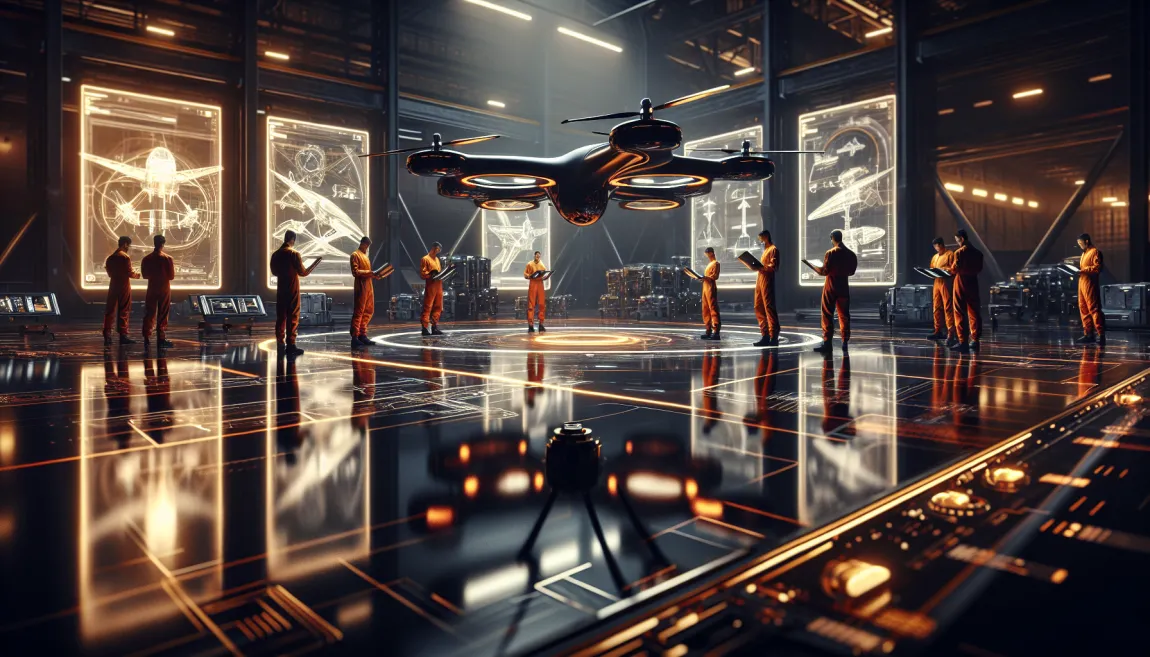The concept of digital engineering, which represents a fundamental shift in how defense platforms are designed, built, and tested, symbolizes a significant pivot in Pentagon's operational and strategic methodologies. The discussion presented in the article brings to light several important facets of this transformation, centering around the need for robust integration of digital tools to enhance the United States' defense capabilities.
Core Observations from the Article
One of the most potent examples of this evolution is the B-21 Raider, an aircraft that epitomizes the state-of-the-art digital design and engineering. The Raiders development underscores a broad and powerful application of what digital engineering aims to accomplish: creating sophisticated, reliable, and theoretically sound weapon systems before they even physically exist. Using simulations and digital twins allows for the refinement of designs and systems in a cost-effective and timely manner. This could, if fully embraced, revolutionize not just the development process but the entire lifecycle of defense assets.
Challenges of a Digital Shift
Yet, the article eloquently points out that the transition towards widespread adoption of digital engineering is plagued with difficulties. These include the complexity of changing existing workflows, the need for substantial investments in new technologies, and a robust upskilling of the workforce to adapt to these advanced methods. Furthermore, there is an evident need for better integration across various teams and departments, which traditionally work in silos, often leading to duplicated efforts and inconsistencies - 'tribes' of developers working in parallel without sufficient synchronicity.
The notion of digital twins and a unified modeling environment suggests a seamless workflow, where changes by one team can instantaneously provide updated parameters for other stakeholders involved. Achieving this level of integration is challenging but critical for reducing time lags, errors, and ultimately, costs associated with developing defense technologies.
Potential and Perils
However, adopting digital engineering is not without perils. As highlighted, there is an inherent risk of over-reliance on digital models which may not perfectly encapsulate real-world ambiguities and operational stresses. While digital platforms offer a tantalizing glimpse into the future capabilities of a system, they cannot entirely replace the nuanced realities of physical testing and human insight. The article poignantly notes that, despite advances, physical prototypes and their real-world assessments remain indispensable, particularly in defense, where the cost of failure is unimaginably high.
Cultural and Structural Reforms
Moreover, the successful adoption of digital engineering in defense requires not just technological change but also a cultural and structural overhaul. Traditional procurement and development practices seem ill-suited for the agile, iterative nature of digital engineering. The bureaucratic inertia that typically characterizes defense acquisitions must be addressed, demanding a managerial and philosophical shift towards greater agility and innovation.
In conclusion, while the challenges are substantial, the potential benefits of fully actualizing digital engineering within the Pentagon could usher in a new era of defense capability and industrial efficiency. The transition requires a confluence of visionary policy-making, robust funding, and a cultural shift away from entrenched practices. It represents not just a technological upgrade, but a fundamental rethinking of how defense platforms are conceived, built, and deployed to better serve the national interest in an increasingly uncertain global landscape.
View original article:
https://aerospaceamerica.aiaa.org/for-the-pentagon-widespread-adoption-of-digital-engineering-remains-in-progress/



Leave a Reply